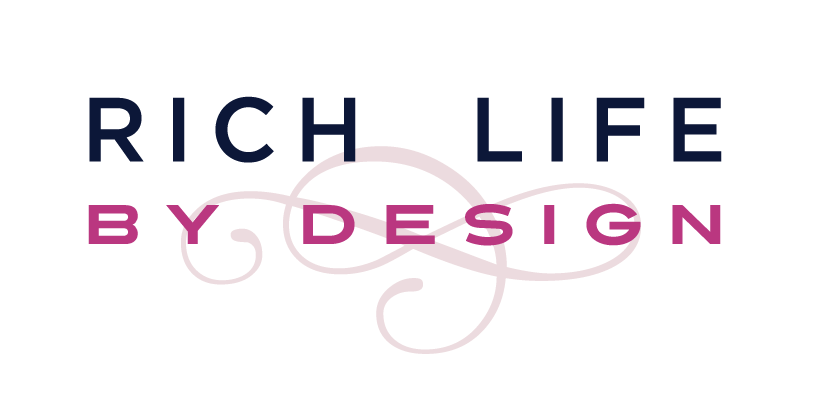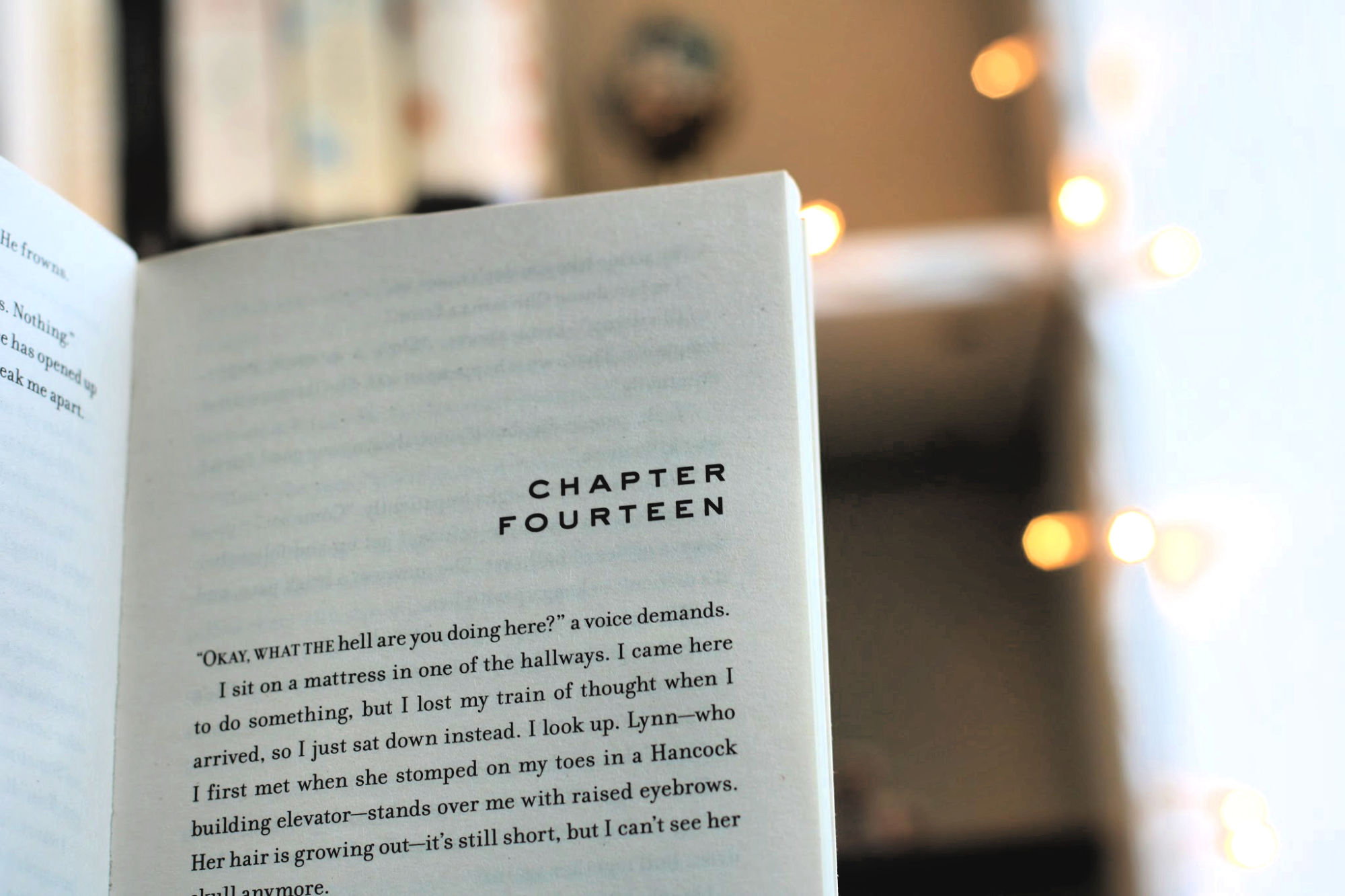I know how excited you are about writing your first book.
I also know how overwhelming it can feel. You could be wondering how to express all that you want to say. You might also be wondering how to present and organise your words so that your readers feel good about your book and its message.
You might have guessed by now that the structure of your book is really, really important. Readers want to feel taken care of on their journey throughout the book. They are after a satisfying and stimulating read.
Chapters and sections will be the signposts that take them along that satisfying journey.
(Important note: in this article I’ll be helping you approach the overall structure of your book – the paragraph structure you’ll use within individual chapters is a whole other topic!)
So, where do you start? Well, the best place to start is with a PLAN. This is done before you start writing, or not long after you’ve started.
Your plan will evolve as you go, but creating a rough outline first will help the content flow from your brain and will keep you on track. (When you work with me to create your book, the first thing we work on is a plan. Head here to see how I can help you.)
As part of that planning, I’ll ask you to keep one word at the forefront of your mind at all times. What is that word? It’s “LOGIC“!
Where is the most logical place to start your book? What would be the most logical next step after that? And after that?
I’m all for innovation and for shaking things up (and going all “non-logical”), but unusual structures need to suit the topic about which you’re writing.
For most books, a logical structure is what will win over readers and help avoid confusion – the wording of chapter and section titles, and the main text, can be where you add delight and surprise.
I’ll give you a few examples of structures that work…
A “my story” book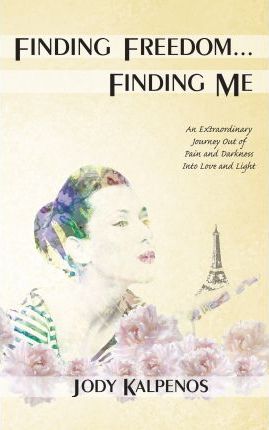
With the memoir-style book of my very first publishing client, Jody Kalpenos, the structure follows a fairly chronological flow. Finding Freedom, Finding Me: An Extraordinary Journey Out of Pain and Darkness into Love and Light starts at a key painful experience in Jody’s childhood and takes us through to the present day. The final main chapter includes overall reflections.
Foreword
Introduction
Chapter 1: A Dam Tragedy
Chapter 2: Running Free
Chapter 3: The Flame of Terror
Chapter 4: A Deep Chasm Opens Up
Chapter 5: The Wider World Calls to Me
Chapter 6: Big Ben, Baguettes & Bananas
Chapter 7: Motherhood Challenges Me
Chapter 8: Help Me, Please!
Chapter 9: I Did It Before Gwyneth
Chapter 10: Betrayal Breaks Me
Chapter 11: Family Catastrophe
Chapter 12: Circle of Gratitude
Chapter 13: A Letter to My Boys
Chapter 14: My Best Friend, Resilience
Chapter 15: I Heed the Call of a Gallic Song
Chapter 16: Learning to Love & Accept Myself
Chapter 17: A Heart Cracked Open
Chapter 18: Creating a New Melody
Chapter 19: Taking Flight
Chapter 20: What is the Meaning of It All?
The Power of Journaling: A Guide to Getting Started
For You to Delve Deeper…
Circle of Gratitude: Creating Your Own Ceremony
My Heartfelt Thanks
My Healing Team
Feed Your Mind & Soul
Note that it was also logical to include coaching-style chapters towards the end of the book.
A practical guide
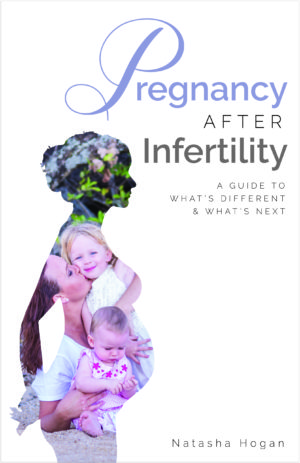
The book of another client of mine, Natasha Hogan, is segmented into sections. Natasha will be releasing Pregnancy After Infertility: A guide to what’s different & what’s next soon, but here’s a sneak peek at the structure of the first few chapters of the book, as well a couple of overall “part” (section) titles:
Introduction
My Story: The Beginning
Part 1: First Things First
Chapter 1: Why Me? The Infertility Lottery
Chapter 2: It Takes a Village to Support a New Mama
Part 2: Pregnancy & Birth…
Do you see how it makes sense to start, well, at the beginning? Also, including sections or parts allows you to group related chapters – this helps readers to easily navigate the book and get the very best out of it.
A recipe book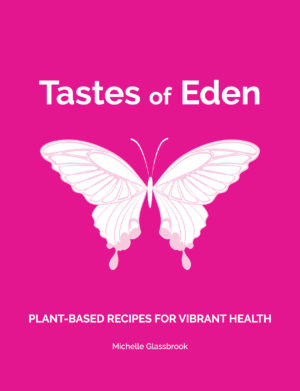
If you’re putting together a recipe book, you could be a little more unconventional and follow an ingredient-based flow, such as the alphabetised ordering of the classic The Cook’s Companion by Stephanie Alexander, or you could follow the more-usual practice of organising dishes by type.
With Tastes of Eden: Plant-based recipes for vibrant health, by my publishing client Michelle Glassbrook, we decided to use the traditional “meal-type” flow that most readers find familiar and useful:
Dedication
My Story
Your Journey to Vibrant Health
Breakfasts
Snacks
Lunches
Dinners
Desserts & Sweet Treats
Drinks
Fermented Foods
Extra Goodies
Index
A21: Abolishing Injustice in the 21st Century
Your Next Step: Vibrant Health
Acknowledgements
With reference-type books such as this, it’s a great idea to include an index. For a recipe book, the index includes entries for ingredients so that readers can go beyond the original structure and look for recipes featuring certain ingredients.
If part of your reason for publishing is to promote your business, think carefully about where your marketing page/s will be placed. In Michelle’s book, we included the marketing pages (the “Your Next Step” pages) towards the end of the book, by way of a full-colour, gorgeous invitation.
So, what structure makes sense for the flow of your book? Always do what is best for your readers, and aim for a reassuring structural flow. Oh, and remember to use LOGIC!
Honestly, there is so much more I could share with you about how to structure a book (including how to plan the structure of a compilation book featuring stories by other people), but I don’t want to overwhelm you. Hopefully this article has given you enough information to get started. If you’d like help with structuring your book, you can always join me and other entrepreneurial authors in the fun, inspiring Publish in Style program or you can work with me as a private client.
What are some of your favourite non-fiction books? Have you noticed the quality of their overall structure? Leave me a list of your favourite books in the comments!
PS Please do share this article with a friend who’s about to write her book.
